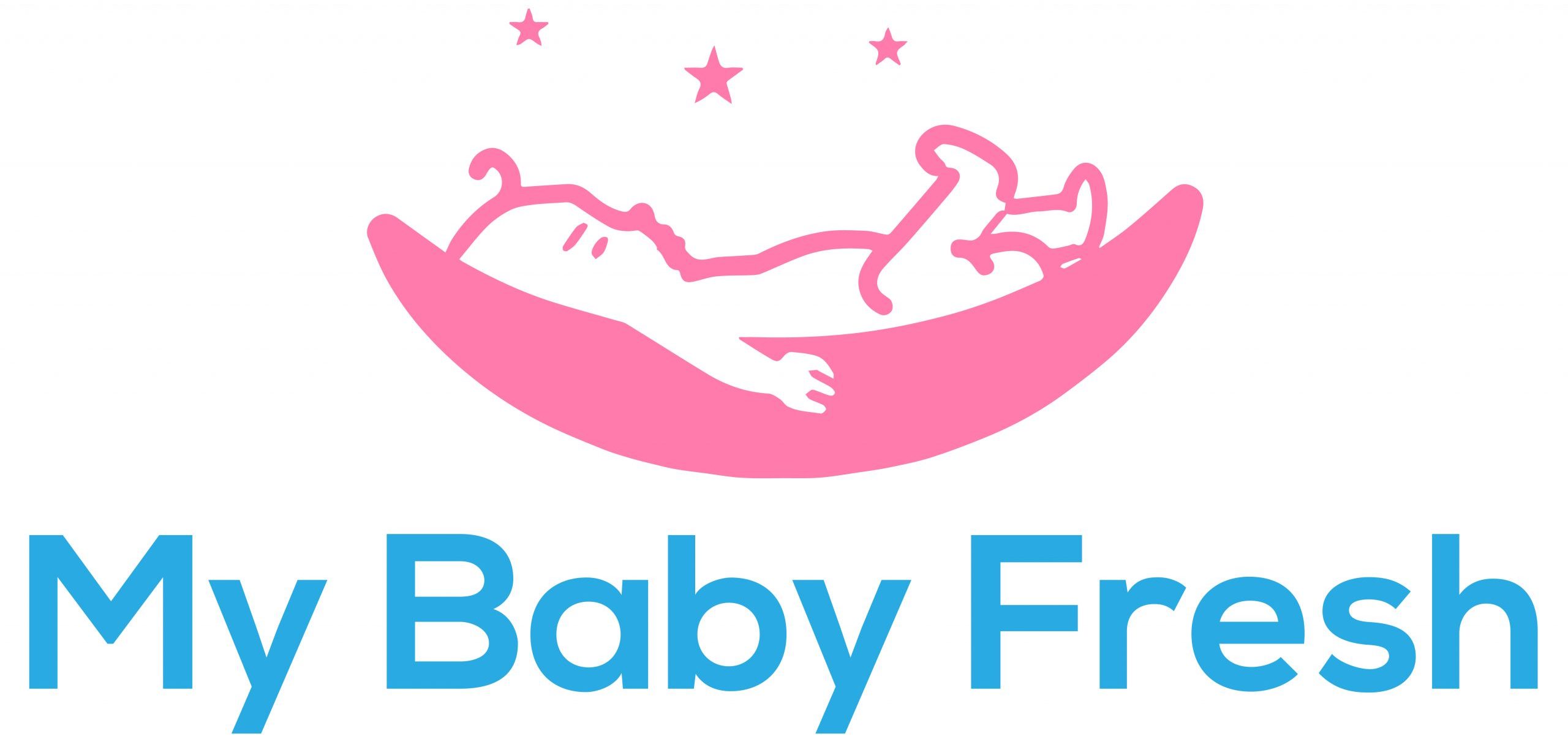A main analyst on personality in newborn children and small kids once said hopelessly, “When I brought up my first youngster, I accepted conduct hypotheses asserting that what I do as a parent forms my kid’s character. With my subsequent youngster, I was at that point a geneticist and accepted that a kid is brought into the world with qualities that are gone on through heredity and that ecological impact is insignificant. I scarcely knew my third kid at all…”
This investigation was, obviously, misrepresented, yet it exhibits the progressing mission of guardians and researchers to respond to this inquiry: what decides the character and individual qualities of the youngster?
The subject of heredity (“She got her bashfulness from her father’s family”) versus condition (“If his mom were increasingly exacting with him, he would be more quiet”) underlies guardians’ endeavors to comprehend the scope of impact they have in embellishment their baby sleep miracle review.
State-of-the-art inquire about focuses to a perplexing picture: the impact of heredity and condition on the youngster. Much proof proposes that the child is brought into the world with hereditary things that not just decides what he looks like, the shade of his eyes, and his odds of experiencing different sicknesses yet in addition altogether impacts the character qualities that the individual in question will create.
Physical action level, timidity or amiability, receptiveness to new circumstances, and uneasiness are among the characteristics that are identified with the hereditary inclination with which infants enter the world. Numerous guardians find that their kid has characteristics that are unfortunate to them—particularly on the off chance that they help them to remember characteristics they disdain about their folks, their life partners, or themselves.
Guardians habitually attempt to battle these characteristics, however they frequently find that it is a losing fight.
It appears that the most significant variable that impacts the nature of the connection among guardians and kids is the “decency of fit” between the youngster’s qualities and the guardians’ desires.
An exceptionally dynamic youngster, for instance, might be worshiped by a dad who acknowledges and relates to this characteristic yet simply endured by a dad who anticipates a more quiet kid.
Then again, a tranquil, quiet kid might be viewed as burdensome or inert by the principal father, while the subsequent dad considers her to be great.
Contrariness between parental desires and the youngster’s characteristics may prompt disappointment and worry in the relationship, especially if the guardians attempt to “right” the kid to fit in with their desires.
The Relationship Between Temperament And Sleep
Each parent knows about the circumstance in which her youngster shows by his conduct that he “is up beyond late.”
At the point when researchers requested that guardians portray this circumstance, some said that the kid quiets down, appears to be drowsy, nods off all alone, or asks legitimately or in a roundabout way to hit the sack. Different guardians said that their kid right now “the dividers,” “is a crybaby,” “is anxious and discontent with all the fixings,” “doesn’t react to what he’s told,” or “essentially does irritating things.”
Plainly, little youngsters respond to tiredness in altogether various manners.
A condition of weariness isn’t really communicated by diminished action and evident languor.
Some of the time the side effects can be the polar opposite.
A portion of the run of the mill “negative” practices of the drained kid are perfect with general examples that describe conduct issue.
Much proof focuses to a solid connection among’s rest and the advancement of the kid’s character attributes.
Studies have indicated that a child who experiences rest issue (trouble nodding off, for instance, or numerous renewals during the night) will in general be “progressively troublesome” in other conduct areas.
In an examination directed in a few rest labs, researchers contrasted a gathering of nine-with two year old infants whose guardians had desired a meeting about their kids’ rest issues with a benchmark group of children without rest issue – as anyone might expect, what they discovered is noteworthy contrasts in the characteristics that the moms ascribed to babies.
The moms finished a disposition poll, which is a kind of “character” test for little youngsters.
The moms appraised their level of concurrence with so much sentences as “The youngster consents to be dressed and stripped without dissenting,” “The kid reacts firmly (shouts, hollers) when baffled,” and “The kid sits discreetly when holding on to eat.”
By and large, the moms of infants with rest issues depicted them as all the more requesting, grumbling, irritating, adversely delicate to various boosts, and hard to adjust to various circumstances, as contrasted and children without rest issues.
One of the characteristics estimated in the disposition survey is the level of affectability or responsivity of the infant to various tactile improvements (clamor, temperature, taste, smell).
A few children are touchy to any sort of tactile upgrade, and others are delicate just to a particular kind of sensation—for instance, the individuals who pull back from skin contact.
A wide scope of infants don’t react in an exceptional manner to tactile boosts.
One of the speculations that the analyst William Carey inspected in 1974 was that babies who experience the ill effects of extreme touchiness to tactile boosts would will in general create rest challenges.
Carey’s discoveries upheld the theory, and he guaranteed that the uplifted affectability to tactile boosts is innate.
So as to nod off, the infant needs to disassociate himself from the outer condition and quit reacting to individuals, commotion, light, and temperature, and to disassociate from inner signals too, for example, agony, inconvenience, and appetite. This capacity to disassociate is generally basic for keeping up continuous rest and for forestalling renewals because of different improvements.
An infant who is delicate from birth to any inside or outer improvement will experience difficulty disassociating from natural upgrades, which will meddle with his capacity to unwind and nod off effectively and will make him stir effectively and oftentimes throughout the night.
This connection among’s rest and conduct proceeds all through later adolescence.
Studies that inspected school-matured kids found a relationship between’s rest issue and issues with conduct and progressively broad adjustment.
In reality, rest issue fill in as a touchy gauge of general adjustment issues among kids and grown-ups.
Rest issue are a conspicuous indication of stress and tension, discouragement, and adjustment issues. Rest issues are so pervasive in some conduct or enthusiastic issue that they have been remembered for symptomatic criteria.
One factor that reinforces a conclusion of nervousness issue in a kid, for instance, is the nearness of a rest issue.
The nearby connection between’s rest issue and conduct issues in kids can be clarified in various ways.
Maybe a kid brought into the world with a propensity toward risky conduct creates rest issues also, subsequently. Simultaneously, it is sensible to accept that critical rest issues will prompt inadequate rest or lack of sleep, which may make the kid be anxious, eager, and harder to oversee.
Furthermore, a third reason, for example, contrary child rearing examples, may incite or bother both conduct issues and rest troubles.
In treatment focuses, researchers every now and again go over infants or little youngsters who are portrayed by their folks as hyperactive.
The guardians utilize this term calmly, however experts use it to analyze a condition—the expert term is consideration shortage hyperactivity issue—that happens just in more seasoned kids.
These children are depicted as particularly dynamic and eager and are said to request consideration and look for improvements continually.
Frequently guardians partner their youngster’s rest troubles with his attentive fretfulness. Once in a while a parent says something like, “This kid has a turbo motor and he can’t close it down at sleep time,” or “He resembles the Energizer rabbit; he continues onward and proceeding to go.”
In spite of the fact that hyperactivity is analyzed at a later age, there is proof that most hyperactive youngsters were overactive, eager infants, with troublesome demeanors.
Once more, we face a chicken-or-egg question: are these children incapable to rest like “ordinary” babies since they are bizarrely dynamic, or does their rest issue underlie their “hyperactivity”?
By and large rest disturbance seems to prompt “hyperactive” personal conduct standards, despite the fact that no examination has straightforwardly affirmed this reality.
Increasingly more proof shows that absence of rest may welcome on conduct that takes after that of a hyperactive youngster.
From a natural point of view we would all be able to review techniques we use to keep ourselves conscious when we are worn out.
These techniques incorporate expanding our movement, squirming, tinkering with our hands or our facial muscles, and comparable procedures.
This example negates the desire that the worn out kid will unwind and back off.
The clinical writing has reported certain cases in which huge rest issues have been found to prompt “hyperactive” standards of conduct and later to an off-base conclusion and treatment.
It is of most extreme significance to inspect the likelihood that the rest issue is the source and not the result of the “hyperactivity.”
If a rest issue exists, it ought to be treated before treating the scatters that outcome from it.
Now and again treating the rest issue may save the youngster from accepting pointless medicine like Ritalin, which is the most endorsed synthetic reaction to kids’ social issues.
An incorrect understanding of a kid’s conduct can likewise result when she reacts to a rest issue with uplifted ti

